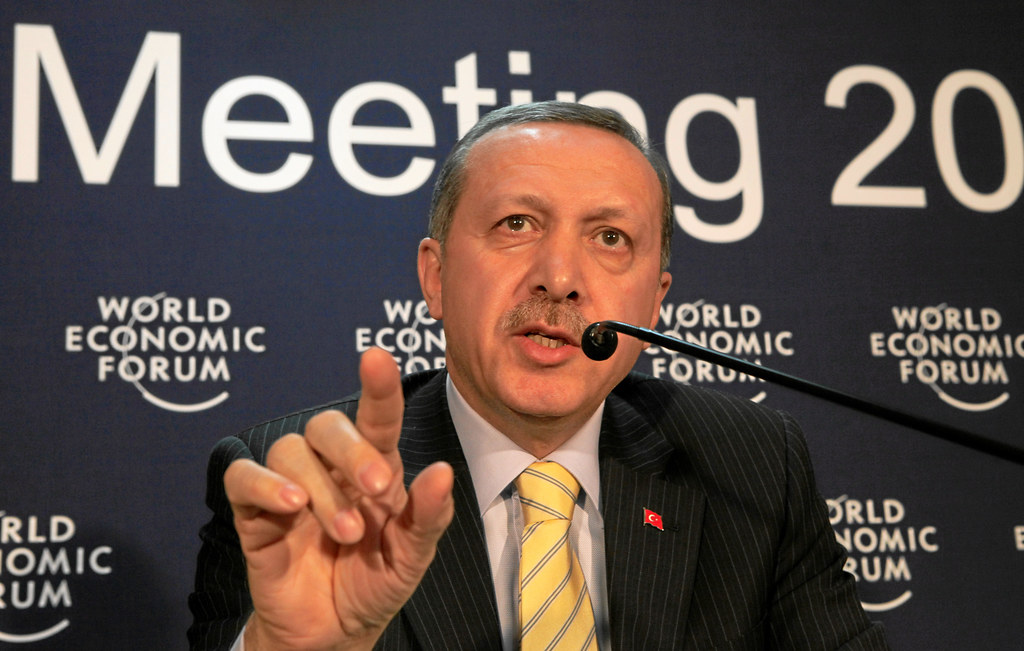
Guest Contributor
Ceren Şengül, Researcher, Centre Maurice Halbwachs (Ecole Normale Supérieure)
Justice and Development Party of Turkey (Adalet ve Kalkınma Partisi, AKP) that has been in power since 2002 has adopted populist policies by positioning itself as the “others” of the Kemalist state, the nation-state that was founded in 1923 by Mustafa Kemal Atatürk with strict Kemalist principles such as the French-inspired “laïcité” and the Western understanding of modernisation. Recep Tayyip Erdoğan, the founder of AKP and the current President of Turkey, often mentions the year 2023 as the landmark date to finish his project of a “new Turkey”. As I have discussed elsewhere, the concept of a “new Turkey” is a myth as there are significant continuities between the “ideal Turkey” in Erdoğan’s mind and the “old Turkey” of the Kemalist leaders. One of the significant changes between the “old” and the “new” Turkey, however, is Erdoğan’s blatant use of a populist rhetoric, as opposed to the Kemalist regime that actually thrived on being “above its people”. By internalising the “orientalist” (most famously stated by Edward Said) dichotomies of a “good and modern” West vs. a “backwards and bad” East, the Kemalist leaders were obsessed with creating a “modern”/Western, secular Turkish nation-state. Until 2002, this Kemalist establishment was “successful” in maintaining this order with the help of the Turkish Armed Forces, which was, until recently, considered the “vanguard of the Kemalist state”.
Continue reading

